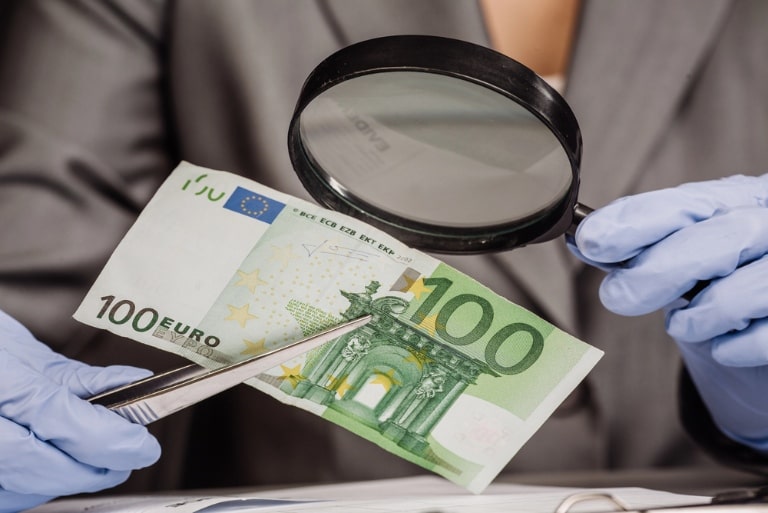Tools That Help Detect Real Money vs Fake Money

In one society where money has been exchanged thousands of times, it is essential to distinguish between actual and phony cash. Fake currency can reduce financial losses and undermine trust. Fortunately, tools are available to help people and businesses safeguard their money. This post will discuss these tools and how they are significant and work.
Understanding Counterfeit Money
False currency is imitation money produced but not by the government. It is meant to convince people that it is real. Counterfeiting is as old as money, and anyone who can make a copy is trying to come up with new ways to imitate currency. We have all had to deal with this challenge, and it has made it necessary to develop tools to fight against this trend. Understanding the differences between real money vs fake money is essential to protect oneself from fraud and financial loss.
Ultraviolet (UV) Light Detectors
An ultraviolet light detector is a common tool used to detect fake currency. Authentic bills also incorporate UV-sensitive attributes that you can only see by exposing them to UV light. Such features usually show up as embedded security threads or specialty markings. Typically, these features are absent from counterfeit notes, and thus, UV light detectors are an excellent initial screening option.
Magnifying Glasses
Simple yet efficient, magnifying glasses also help to identify them. Authentic banknotes have complex features and microprinting, which makes counterfeits hard to make. A magnifying glass may be used to examine these features. For example, search for small text or sharp lines on actual money, but they are usually blurry on counterfeit notes.
Watermark Detection Tools
Another security feature of notes of good quality is watermarks. These are incorporated into the paper and can be seen when illuminated. This visibility is magnified through specialized watermark detection tools, enabling the user to confirm the presence and precision of watermarks. One of the key features that many counterfeits simply don’t have or are poorly faked.
Magnetic Ink Detectors
Magnetic ink is used in the design of many currencies. This ink is used in specific areas of a bill, and it can be detected with a magnetic ink detector. Real currency will trip the detector because of the ink’s magnetism. A similar response does not trigger for fake notes, most of which are printed using standard ink.
Infrared (IR) Scanners
Infrared scanners are another feature that can help protect against counterfeit money. Real money, for example, often contains infrared-responsive characteristics. IR scanners can detect these and identify the presence or absence of these elements. As a result, this is especially helpful when you have relatively high-quality counterfeits that other methods may not easily identify.
Counterfeit Detector Pens
The fake money detector pen is a more portable alternative. These are special pens filled with ink that reacts with starch, which is found in regular paper. On a real note, the ink stays clear or turns light yellow. The ink then turns dark for the counterfeit notes, which are generally printed on regular paper. However, these pens are handy but not certain and should be used with other techniques.
Technology in the Role of Counterfeit Detection
The evolution of counterfeit detection tools relies on much more advanced technologies. Currency features can be examined digitally using tools and software that analyze them with precision, delivering a higher accuracy level. This technology is specific to businesses dealing with a large amount of cash and provides these entities with a fast and accurate option.
Importance of Training and Awareness
So while having the right tools matters, knowing how to use them is equally important! Counterfeit currency detection training programs can help individuals and businesses replicate the skill of identifying fake money accurately. Awareness campaigns are also needed to inform the public about the characteristics of real money and the disadvantages of counterfeit notes.
Conclusion
Detection tools are a vital necessity in a world where counterfeits can never entirely be overrun. These tools range from UV light detectors to infrared scanners, with each providing different functionalities to protect transactions. Through tech-driven awareness and education, one can prevent the risks of fake money for individuals and businesses alike. And the long-standing commitment to authenticity will continue to keep the financial systems worldwide stable and trustworthy.




